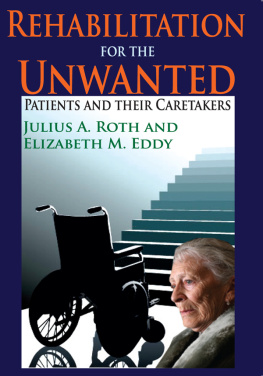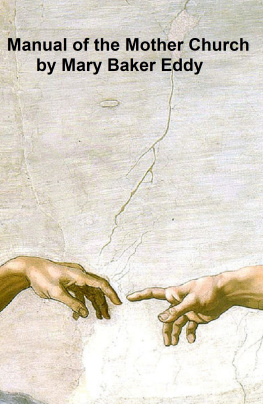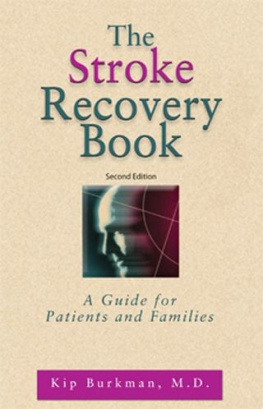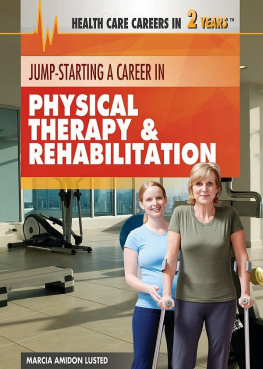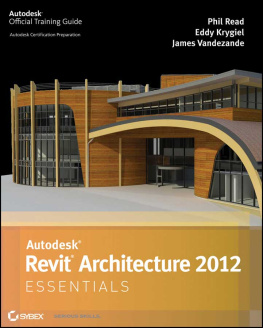REHABILITATION
FOR THE
UNWANTED
REHABILITATION
FOR THE
UNWANTED
PATIENTS AND THEIR CARETAKERS
JULIUS A. ROTH
AND ELIZABETH M. EDDY
First published 1967 by Transaction Publishers Published
2017 by Routledge
2 Park Square, Milton Park, Abingdon, Oxon OX14 4RN
711 Third Avenue, New York, NY 10017, USA
Routledge is an imprint of the Taylor & Francis Group, an informa business
Copyright 1967 by Taylor & Francis.
All rights reserved. No part of this book may be reprinted or reproduced or utilised in any form or by any electronic, mechanical, or other means, now known or hereafter invented, including photocopying and recording, or in any information storage or retrieval system, without permission in writing from the publishers.
Notice:
Product or corporate names may be trademarks or registered trademarks, and are used only for identification and explanation without intent to infringe.
Library of Congress Catalog Number: 2010003494
Library of Congress Cataloging-in-Publication Data
Roth, Julius A.
Rehabilitation for the unwanted : patients and their caretakers /
Julius A. Roth and Elizabeth M. Eddy.
p. cm.
Originally published: New York : Atherton Press, c1967.
Includes bibliographical references.
ISBN 978-0-202-36352-3
1. People with disabilities--Rehabilitation--United States.
I. Eddy, Elizabeth M. II. Title.
RM930.R67 2010
362.33--dc22
2010003494
ISBN 13: 978-0-202-36352-3 (pbk)
Contents
By the time we were going through our fourth or fifth revision of this book we began to wish that we could write it in Chinese and thus escape the frustrating problem of verb tense. We could have written it as if it had all taken place in the pastand of course our observations were made in the past. But sometimes events can be more effectively presented as if they are going on in the present. Then there are still other occasions when we prefer to write as if our views and descriptions are timeless.
The last approach is the greatest fraud of all if taken literally. Our study must necessarily treat Farewell Hospital and its rehabilitation program in a moment of historyamoment in this case spread over nearly two years. We solved our verb tense problem (if solved can be used for a fabric of compromises) by using whatever tense struck us as making the most literary sense in a given passage. But we (and the reader) must take care not to forget that Farewell Hospital and rehab were constantly changing during those two years and have continued to change since we left.
But the issues which the hospital continues to face are likely to be similar and the manner of dealing with those issues which people think appropriate often will be the same as approaches used in the past. The question of what to do with, to, or for the rejects of our society becomes increasingly urgent. Despite the variations in detail of answering this question, basic lines of approach and development can be teased outlines which will be repeated at different places and different times. It is with such an expectation in mind that we feel justified in regarding our book as more than a narrow slice of history.
We have thought it best for wider publication to keep the locale of our study anonymous. Therefore, all names in the text are fictitious, including Farewell Hospital. This name, by the way, is not just a wild fancy of ours; it was suggested by some patients who had a realistic view of what incarceration in this institution meant to them.
One unfortunate aspect of maintaining anonymity is the fact that we cannot acknowledge the help of the people who provided us with clearance and the many who served as our involuntary subjects. All these people at the very least tolerated our presence, which is all a professional snooper can reasonably ask for. Some of them went much farther and extended their friendship and shared their ideas on matters of common interest. Perhaps we will sometime be in a better position to thank them publicly by name.
We can, at any rate, give credit to those who helped us directly in our research and writing. Most important of all are the fourthen graduate studentswho carried out a substantial part of the field work during the most intensive part of the study: Edwin Chin Shong, G. Alexander Moore, Harry Sian, and Carl Wells. Chin Shong and Moore also read the early draft of our manuscript and made important changes and additions. Eliot Freidson, editor of this series, made suggestions which led to considerable reorganization and rewriting. Others who have read versions of the book at various stages and made suggestions ranging from new ways of looking at our materials to improving the readability of the copy include: Howard S. Becker, Robert Sommer, Dorothy J. Douglas, Pamela Landberg, and Jessica Roth. Because both authors have changed jobs and location since the study ended, the manuscript and the materials which preceded it have passed through a number of typists. We must give special mention, however, to the one who labored longest and most skillfully on doing our dirty work: Misako Mae Kanazawa.
And last, but not least, we must mention the source of funds which made the study possible: Research Grant No. RD-577 from the Vocational Rehabilitation Administration.
Rehabilitation for the unwanted
This book is about people who are at the end of the road, and what happens to them in a rehabilitation program, which implies that they have a future ahead of them. The program is embedded in an institution which exists to serve the demand that some kind of provision be made for those medical and social rejects who are judged unable to live on their own and who have no family or friends or other social agents who are willing to make a home for them outside of a public institution.
The rehabilitation program we observed failed to alter significantly the careers of most of these patients. The most important learning for the patients was not the physical tech-niques which might enable them to return to meaningful lives in the community. Rather, they learned that they were too incapacitated to gain much from the rehabilitation program, or even if they succeeded in markedly improving their physical abilities, that they had no one or no place on the outside willing to receive a still partially disabled person. Most patients learned that placement on the rehabilitation unit was just a brief interlude before more permanent placement in a custodial unit in the vast institution which we call Farewell Hospital, where they would live out their lives.
Although our study focuses on a physical rehabilitation program, we cannot help but constantly take into account the great complex of buildings and people of which this program is only a small part. Farewell Hospital is in the middle of a large city, but is isolated. Its staff roster lists numerous and various members of helping occupations, but the inmates are largely left to their fate. The hospital has a reputation as a repository for the city's unwanted disabled people.
In this unpromising setting, rehab tries to come to the rescue. Despite the non-therapeutic (often anti-therapeutic) rules and practices of the larger health and welfare structure of which they are a part, the rehab specialists and ward workers set themselves the task of improving the life chances of their involuntary clients by treating their ailments when possible and by improving their physical functioning so that they will be better able to care for their own needs. With their farfrom-ideal patientsmostly aged with disabling chronic diseases and without interested familiestheir accomplishments


